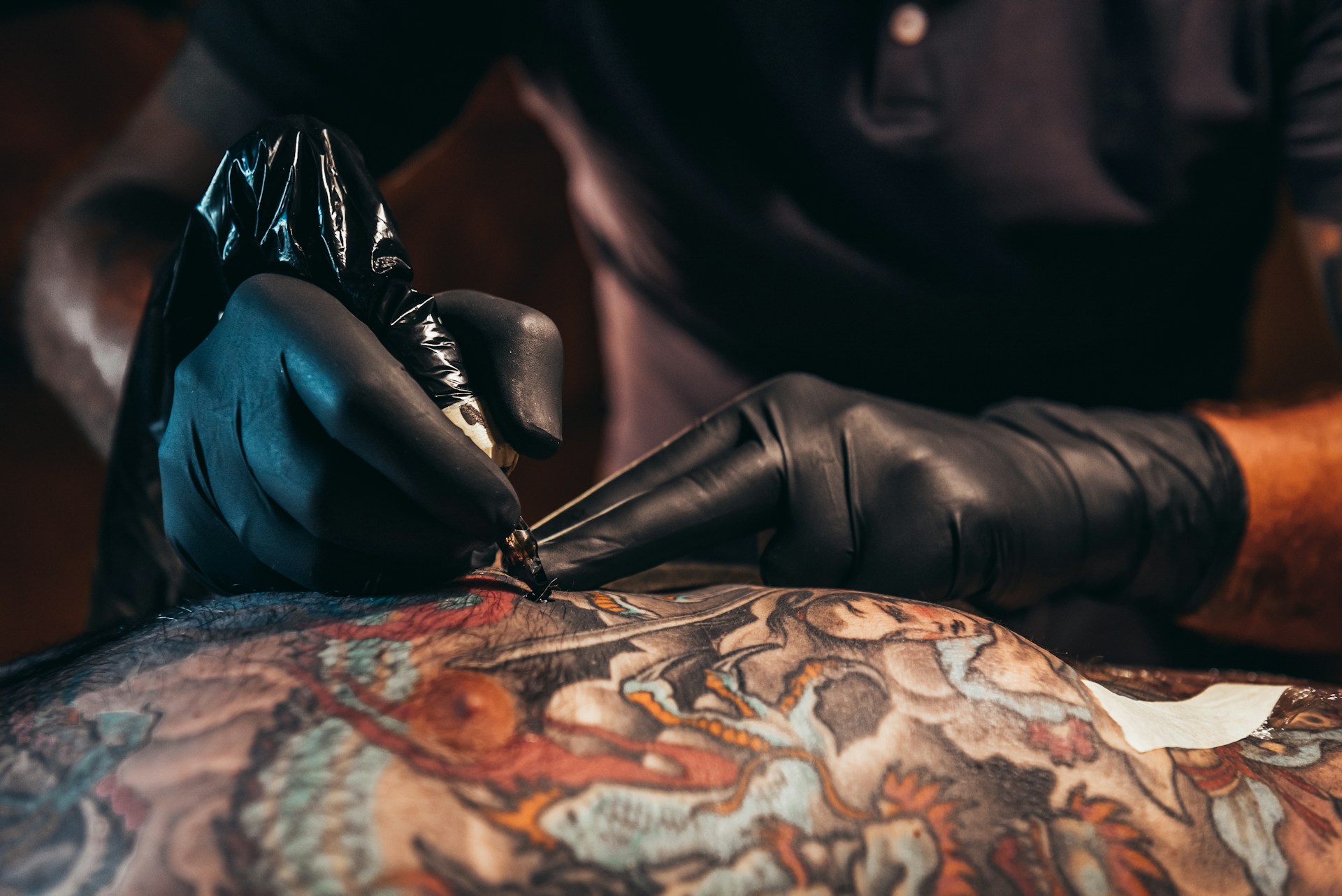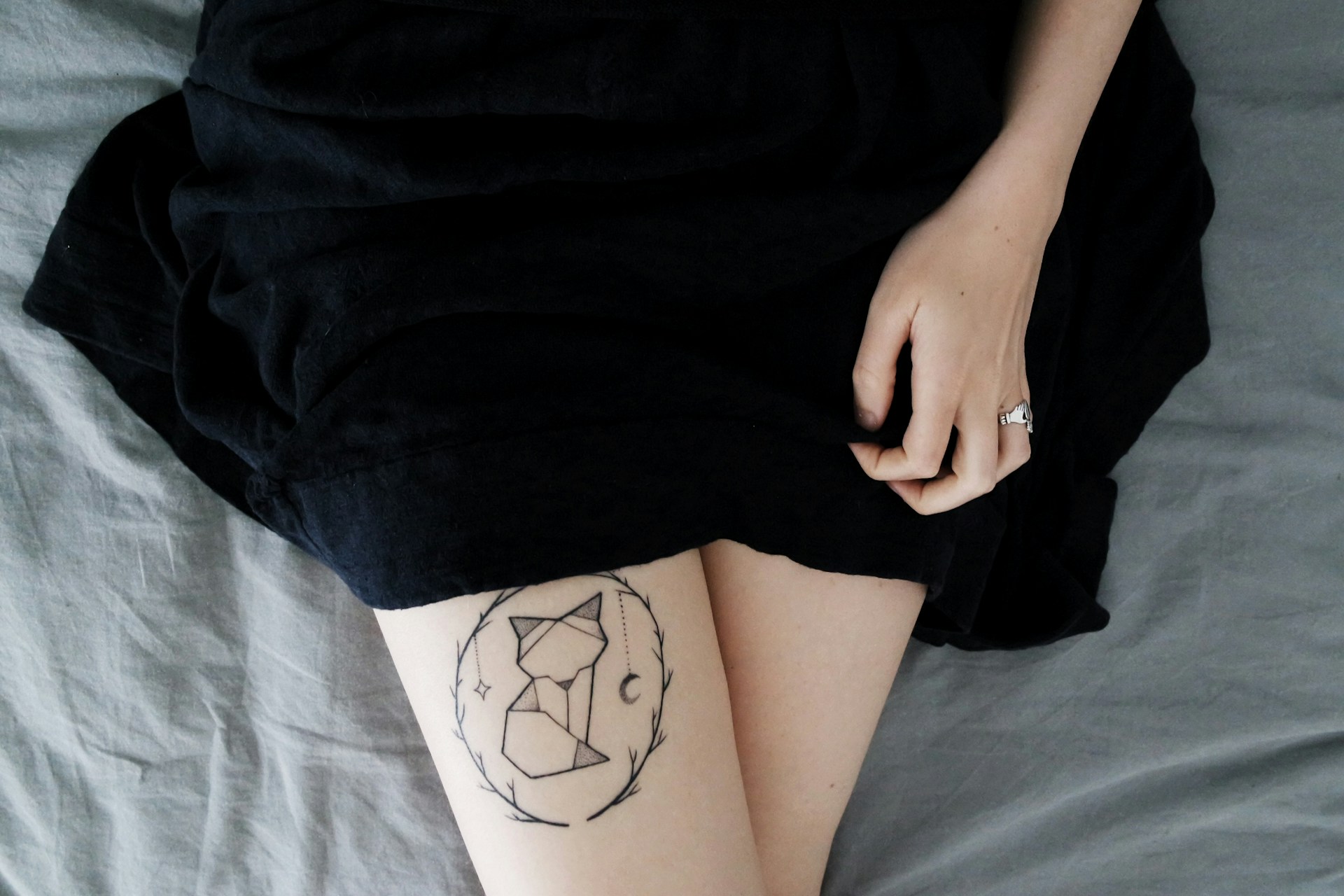Now, we’ve already talked about all the planning and preparations you should do before heading to a tattoo shop to get a tattoo. Indeed, there is a lot of thought that goes into the whole process as it’s not something that should be taken lightly. This is because tattoos are notoriously hard to get removed, as the entire procedure will require you to make multiple visits to a dermatologist. Luckily, there is an alternative to tattoo removal if you really have a tattoo that you regret having done. Tattoo cover-ups are a great way to get rid of a piece that you just aren’t happy with anymore.
We’re sure many of you have been thinking about this but are a little hesitant due to the lack of information. If you’ve been considering getting a tattoo covered up, then we’ve got just the thing for you. Here’s a brief run-through of everything you need to know about tattoo cover-ups.
What Is a Cover-up Tattoo?
Essentially, cover-up tattoos are placed in the same area of the unwanted tattoo so that the unwanted piece is no longer visible. It’s important to note that the cover-up has to be bigger than the original tattoo. This is a great alternative to tattoo removals, as they can often be done much quicker without having to break the bank.
There is a slew of different reasons to get cover-ups. Some people just end up regret getting a piece done and want a quick and easy way to replace it. There are also some people who have shoddy tattoos that don’t hold up and start to drastically fade. Instead of getting a tattoo touch-up, they’d rather have a new tattoo to cover up the poorly done tattoo.
How Do Cover-ups Work?
Contrary to popular belief, cover-up tattoos don’t go “on top” of the unwanted tattoo. To explain how it works, we first have to delve into how tattooing is done. When you get a tattoo, the ink will be deposited beneath your skin and into the dermis. Getting a cover-up tattoo places new ink with the old ink, basically combining the two. To put it simply, the color of the original piece will end up affecting the cover-up piece.
Varying colors interact in different ways, with darker colors usually being more dominant. Be sure to only get a skilled tattoo artist for your cover-ups, as poorly done cover-ups may just make things worse. Most tattoo artists utilize the color black when doing cover-ups, as black will cover up pretty much any other color without it being affected.
Can All Tattoos Be Covered Up?
There are limitations to what can and cannot be covered up. If a tattoo was meant to go over a scar, then it would be best not to further damage the skin. This is because tattoos are essentially scars themselves.
If a tattoo is poorly done, it is often raised. This makes it pretty much impossible to cover up. Attempting to cover these tattoos up will result in a tattoo that’s placed on top of another one. This can make things look much worse than they originally were. For raised tattoos, your only option would be to have them removed by a professional.
Conclusion
We hope this article has shed some light on tattoo cover-ups. As you can see, cover-ups are more than just putting a tattoo on top of another one. They require skill and knowledge of tattoos to be executed properly. If you’ve always wanted to get rid of a tattoo, then this is truly one of your best options outside of laser tattoo removal.
If you’re looking for a trusted tattoo shop in Buffalo, then you’ve come to the right place. Lucky DeVille offers state-of-the-art tattooing using high-quality pigments. Drop by our shop so we can help you with your tattoo-piercing combinations!



